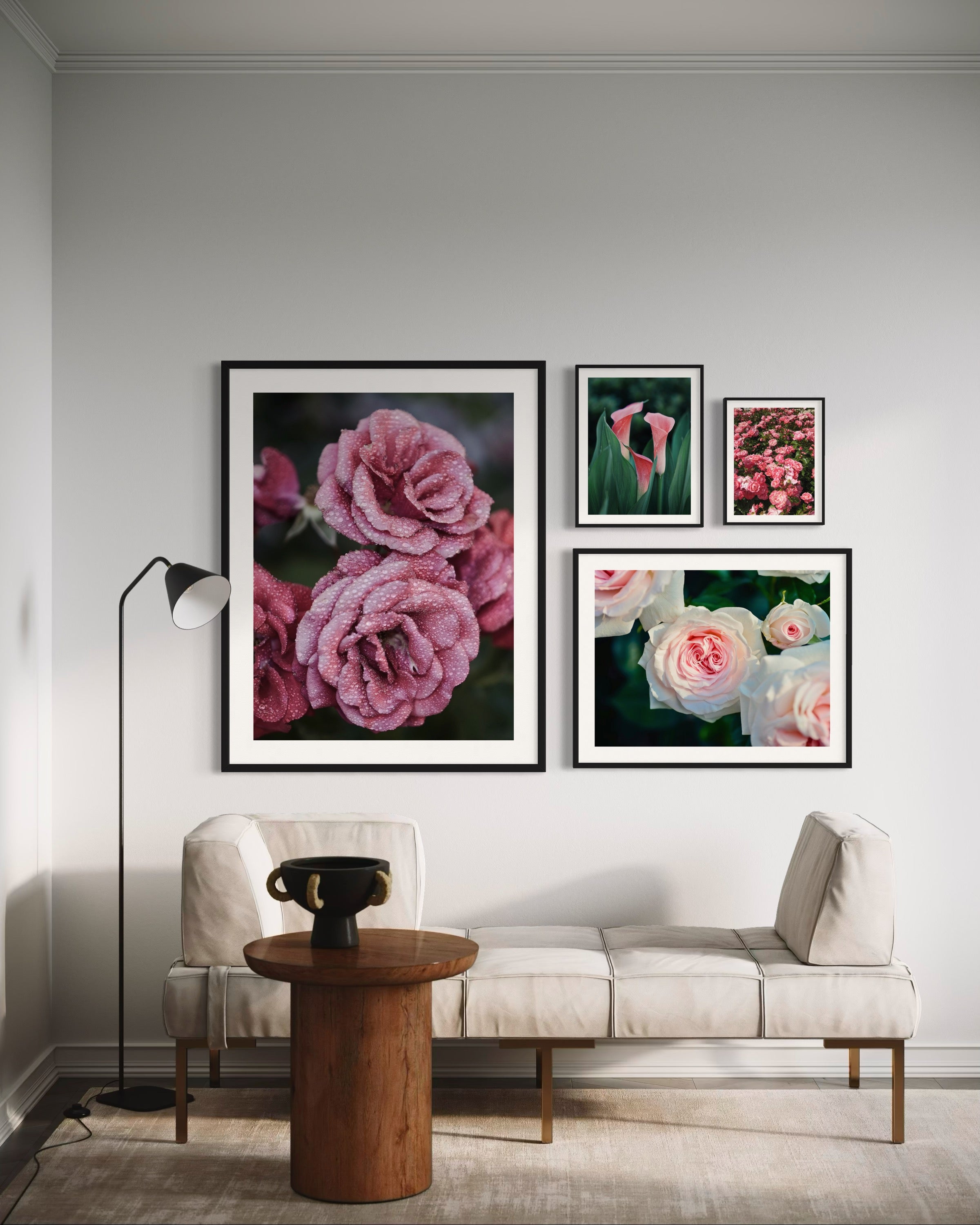How wall art transforms living environments and influences our daily experiences
The spaces we inhabit shape our experiences, influence our moods, and reflect our personalities. Among the many elements that contribute to a well-designed space, wall art stands out as particularly transformative. More than mere decoration, thoughtfully selected art pieces can anchor a room's aesthetic, stimulate conversation, and even affect our psychological well-being.
Research in environmental psychology suggests that our surroundings significantly impact our cognitive processes and emotional states. Colors, patterns, and images in our visual field can either energize or calm us, inspire creativity or promote focus. This understanding makes the selection of wall art not just an aesthetic choice but a decision about the kind of environment we wish to create for ourselves and others.
"Art doesn't have to match your sofa. It should match your soul."
When choosing art for your space, consider both the emotional response you want to evoke and the practical aspects of display. Scale, lighting, and placement all affect how a piece is perceived. A large, bold canvas might serve as a dramatic focal point in a minimalist living room, while a gallery wall of smaller works could add interest and personality to a hallway or staircase.
The right piece of art transforms more than just a wall; it shapes the atmosphere of your space, influences your mood, and quietly guides the rhythm of your day. It's a reflection of who you are and how you choose to live.
